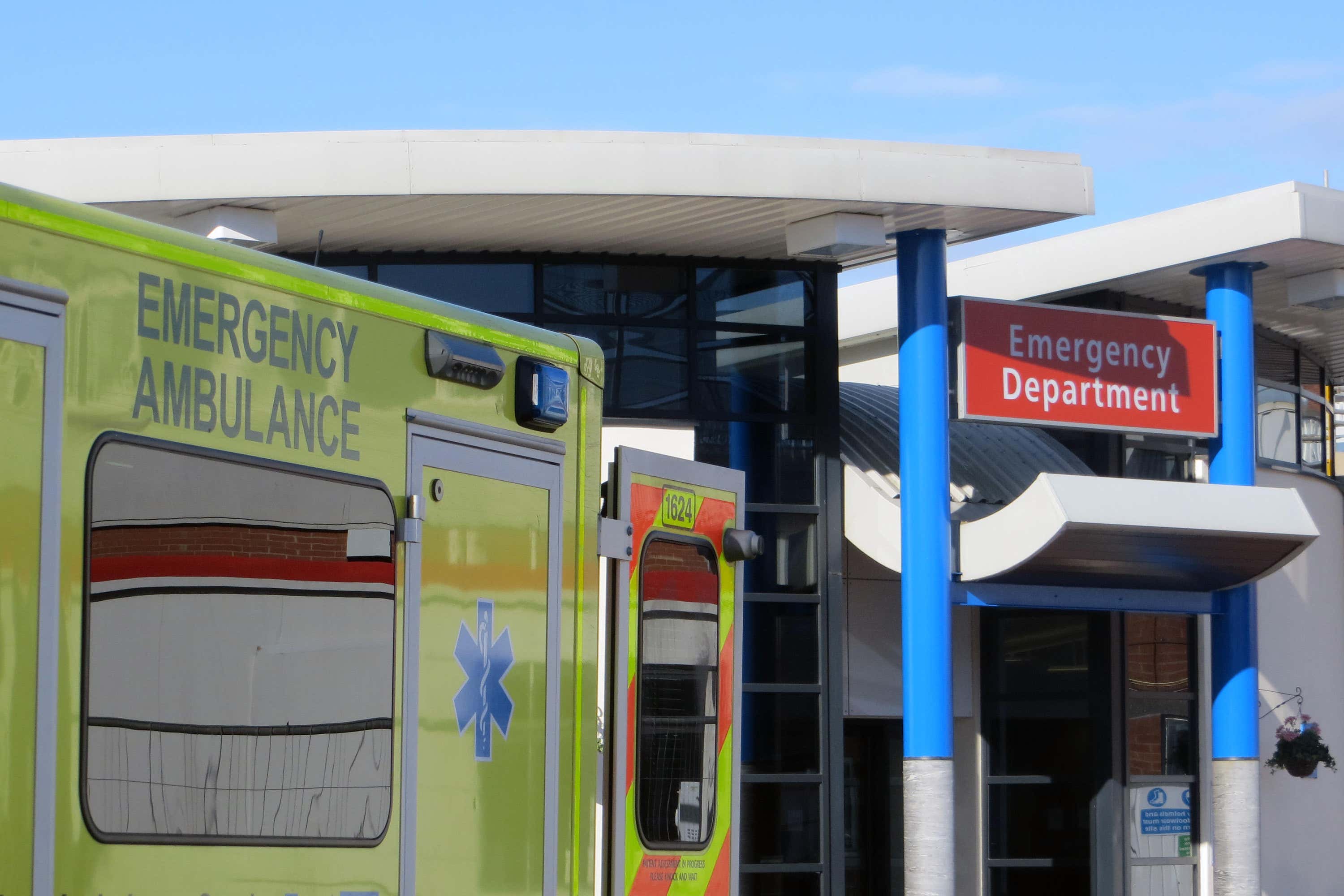Ambulance workers ‘bitten, head-butted and spat at’ on duty
The GMB union said the true scale of attacks is likely to be higher.

Your support helps us to tell the story
From reproductive rights to climate change to Big Tech, The Independent is on the ground when the story is developing. Whether it's investigating the financials of Elon Musk's pro-Trump PAC or producing our latest documentary, 'The A Word', which shines a light on the American women fighting for reproductive rights, we know how important it is to parse out the facts from the messaging.
At such a critical moment in US history, we need reporters on the ground. Your donation allows us to keep sending journalists to speak to both sides of the story.
The Independent is trusted by Americans across the entire political spectrum. And unlike many other quality news outlets, we choose not to lock Americans out of our reporting and analysis with paywalls. We believe quality journalism should be available to everyone, paid for by those who can afford it.
Your support makes all the difference.Ambulance workers have been subject to thousands of violent attacks in the line of duty over the last five years, a new study suggests.
The GMB union said its investigation has revealed around 9,500 incidents including crews being bitten, head-butted, spat at and struck with weapons.
More than 1,200 of the incidents were sexual assaults, said the union.
We demand full enforcement of the Protect the Protectors legislation, investment in better systems to flag offenders, and much better support for the victims of violence
The GMB said the true scale of the attacks is likely to be higher as only eight out of 11 ambulance trusts across England, Scotland and Wales responded to its Freedom of Information Act request.
GMB national secretary Rachel Harrison said: “Ambulance workers go to work every day to save lives.
“Despite this, thousands of them are bitten, attacked, spat at and even sexually assaulted.
“No one should have to put up with that, least of all those who are there to protect us.
“GMB members helped change the law but more needs to be done.
“We demand full enforcement of the Protect the Protectors legislation, investment in better systems to flag offenders, and much better support for the victims of violence.”